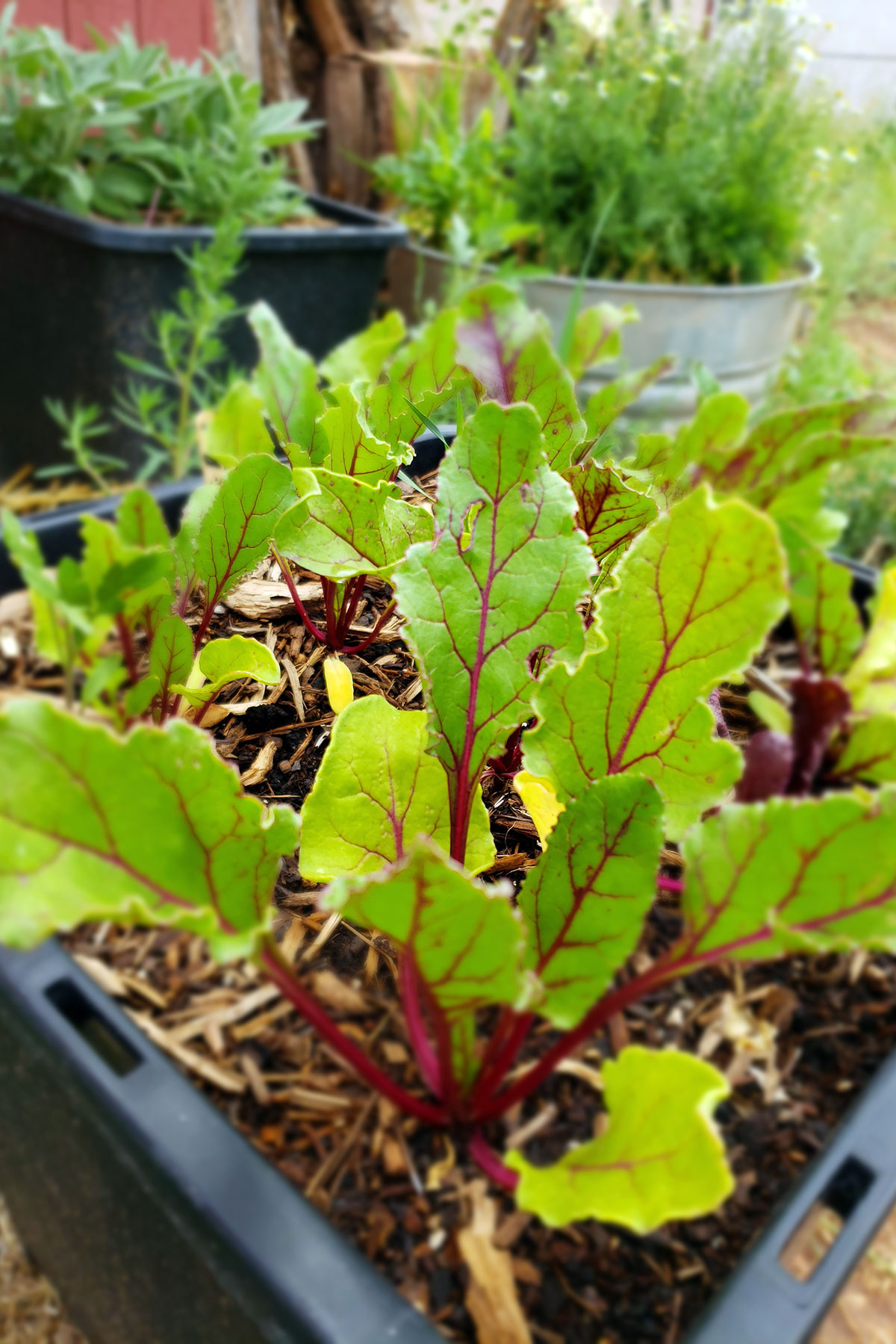The month of August is exciting for gardeners. We are starting to see bountiful harvests. It seems like we have corn, squash, and tomatoes everywhere we look. For some, it might be difficult to figure out what to do with so many vegetables. For my family, our garden is overflowing with squash. We’re having to add zucchini to everything. We’re also freezing it. Frying it. For what is left over, it is going into casseroles.
For summer crops, like squash, those plants will start to be killed off by the cold in October, depending where you are located. If you want to keep the harvest continuing over the next couple of months, now is the time to start planning for your fall garden.
Basically, a fall garden is a garden that you plant in the fall. This sounds simple, but there is a little math involved. For our area, we have a very short growing season. As a result, we need to start thinking about starting any seeds that you might want to transplant in about four-six weeks. You’ll have to choose plants that will come to maturity before the end of October. For example, my first frost date is September 25, so that means I needs to count backwards about eight weeks before this date so I know when to start my seedlings, because many cold-tolerant vegetables have a maturity time of eight weeks. I plan to transplant my seedlings when they are about four weeks old outside.
A fall garden can be a way to extend your harvest of fresh vegetables. This is because a fall garden typically includes plants that do not mind a light frost, anything from 28°F to 32°F. A fall garden comes to maturity during the colder months. This includes cold-tolerant vegetables such as lettuce, spinach, leafy greens, kale, broccoli, cabbage, peas, and root vegetables. The neat thing with root vegetables is that you can even leave them in the ground over the winter and dig them up as needed. I did that with carrots last winter. Amazingly, the carrots survived the winter. I was digging them earlier this year. We used the carrots for stew. Also, garlic is best planted in the fall and will be ready in the following spring.
A fall garden is also easier to manage because there are fewer insects that could destroy your plants. Pests are usually more active before and during the hottest days of summer. They are breeding and need food to reproduce. Their food is from our garden. The insects calm down as the cooler weather comes near.
So, to keep your harvest coming well into the fall months, you should consider starting your fall garden now. Good luck fellow gardeners.
Denee Bex is a Registered Dietitian and advocate for healthy traditional diets and home-grown foods within Native American communities. She can be reached at Denee.Bex@gmail.com.

